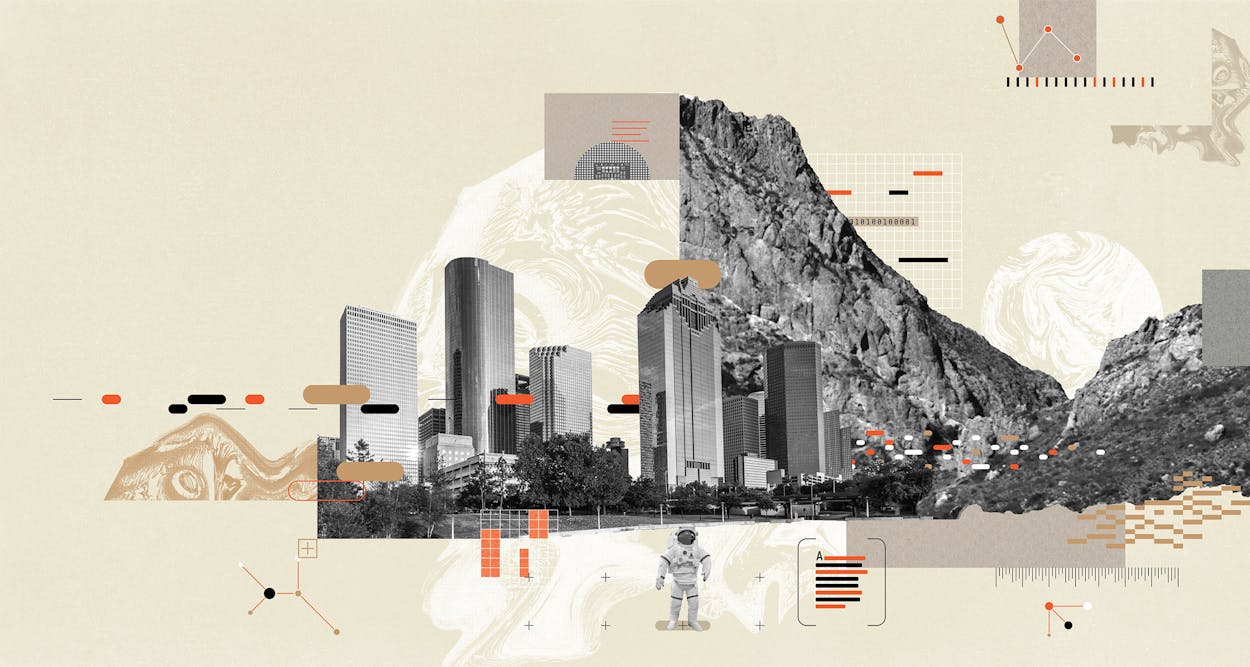When the early Texas rancher Charles Goodnight invented the chuck wagon, in 1866, he didn’t just presage today’s food trucks; he solved an immediate problem, which was how to keep cowboys on the remote parts of the range well-fed. During the rough-and-tumble frontier days, Texas demanded such inventiveness from its inhabitants just so they could survive. Through the years, as Texans have tamed the land, their signature moxie has led to many more triumphs, not just in the fight to survive but also in the quest to advance.
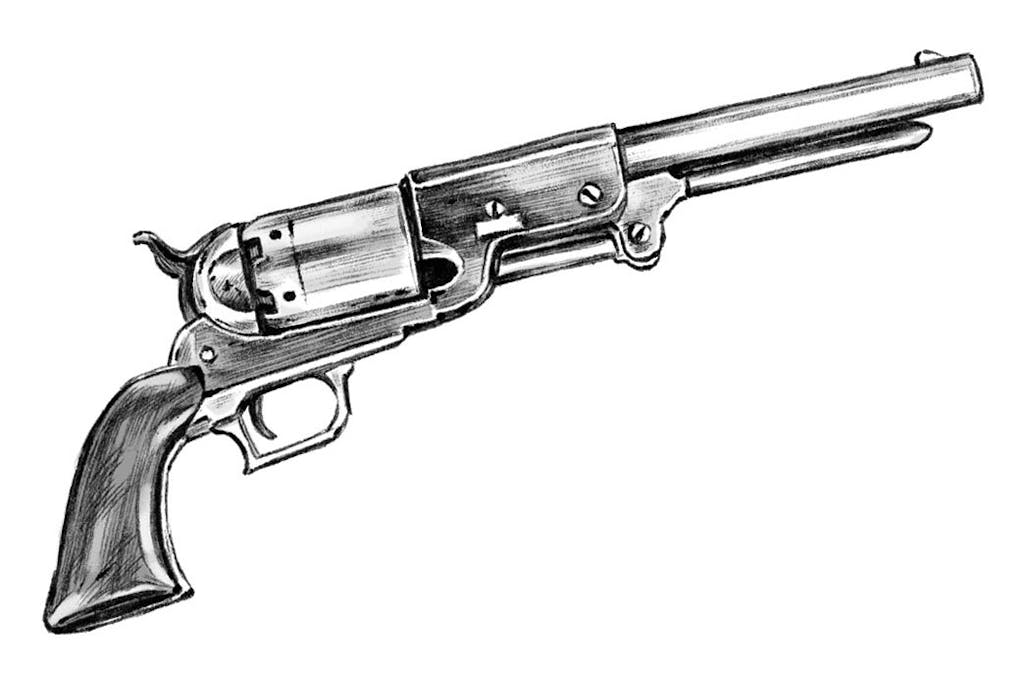
Consider the Hughes Tool Company’s 1933 tricone rotary rock drill bit, which really put the “boom” in the Texas oil boom. Or the engineers at the University of Texas at Austin who helped pioneer 3-D printing in 1986. Indeed, there’s a whole lot for which the world can thank Texas. The fields of ranching, oil and gas exploration, weaponry, medicine, science, and high technology have all been forever affected by the touch of a Texan. So too have the arenas of sports, music, entertainment, and the culinary arts.
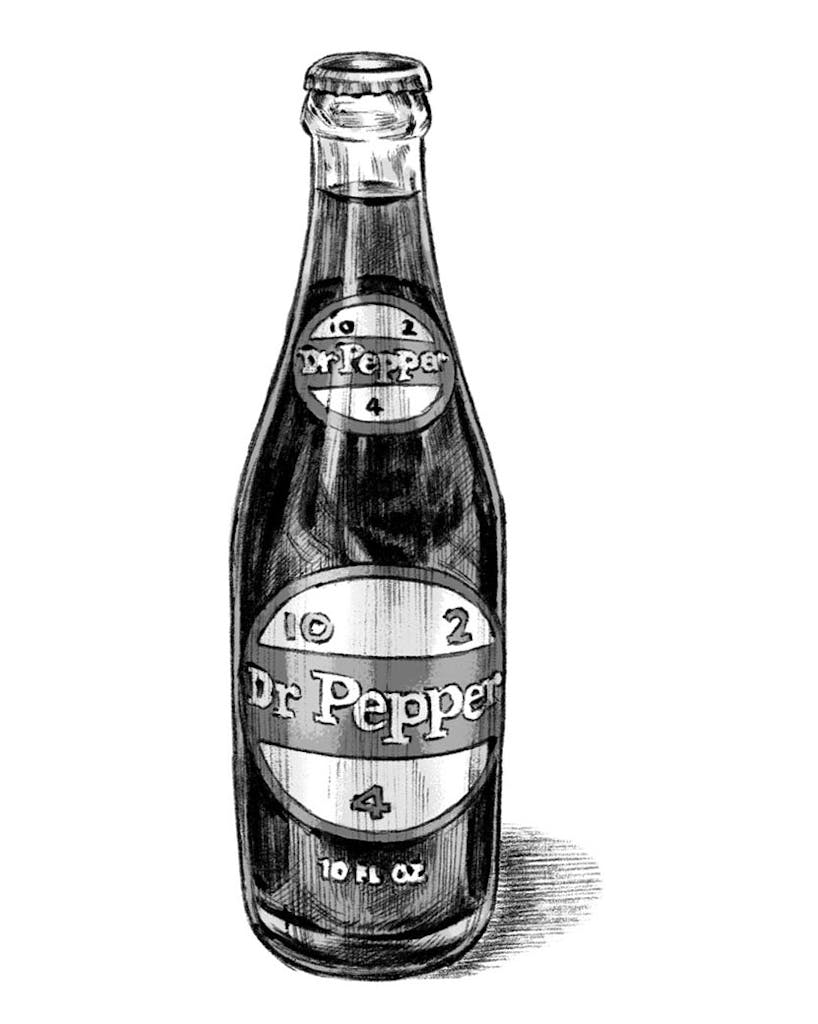
Great leaps forward are fueled by a desire to make a task easier, to make this or that more pleasant, to improve a situation, to do a particular thing generally better than that thing has been done before, or to simply make a buck. Texas Instruments electrical engineer Jack Kilby dramatically changed the course of human events when, on September 12, 1958, in a Dallas lab, he successfully demonstrated the integrated circuit for the first time. Without the microchip we would never have gotten to the moon, and there would be no International Space Station, no Hubble Space Telescope, no personal computing, no cellphones, no internet. Yes, there would still be chuck wagons, but the world would be a different place.
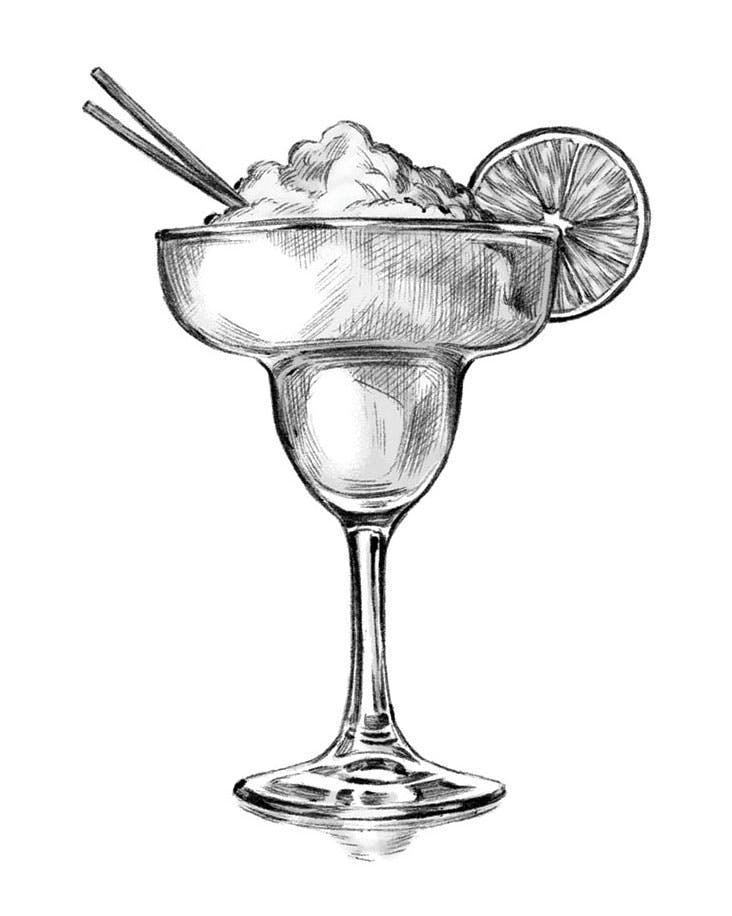
Think about San Antonian Frank Liberto, without whose exciting seventies brainchild of pumpable cheese sauce there would be no stadium nachos. Booo! And speaking of nachos, what about restaurateur Mariano Martinez, of Dallas? The year was 1971, and Mariano’s Mexican Cuisine was at the time blessed with hundreds of frozen margarita orders a night. Unfortunately, the fledgling restaurant was equipped with just one blender. Martinez, while visiting an area 7-Eleven (the world’s first convenience store, also a Dallas invention), had a eureka moment upon glimpsing the Slurpee dispenser, and it wasn’t long before the world had its very first frozen margarita machine. One, please. With salt.
Did you know that Houston is home to both the world’s first silicone breast implantation and the world’s first artificial heart implantation? The same goes for the Screwpull, the world’s best corkscrew, which was conceived by inventor and oenophile Herbert Allen, in 1979, and for chopped and screwed music, a style of remixing hip-hop dreamed up in the early nineties by Robert Earl Davis Jr., a young man better known as DJ Screw.

The Weed Eater is also a Houston invention. George Ballas, a World War II bombardier and Houston dance studio owner, liked to keep a neat lawn, but his two-acre expanse was crowded with more than two hundred trees, which posed a lawn-mowing nightmare. Ballas’s idea was born as he observed the spinning brushes of his local automated car wash. Light, meet bulb.
That’s not all of Texas’s contributions to humankind. Not by a long shot. Having failed with an ahead-of-its-time product known as Meat Biscuits, Gail Borden Jr. gave the world condensed milk, as well as his namesake town, Borden, Texas. Famous soft drinks Dr Pepper and Big Red were both first formulated in Waco. Cowboy, Wild West show performer, and actor Bill Pickett, of Williamson County, introduced bulldogging, now known as steer wrestling, to the rodeo in the early twentieth century. Liquid Paper was invented by Bette Nesmith Graham, the mother of famous Monkee Michael Nesmith, in the fifties. The Astrodome, the Eighth Wonder of the World, the first domed sports stadium (with air conditioning), opened in Houston, in 1965.
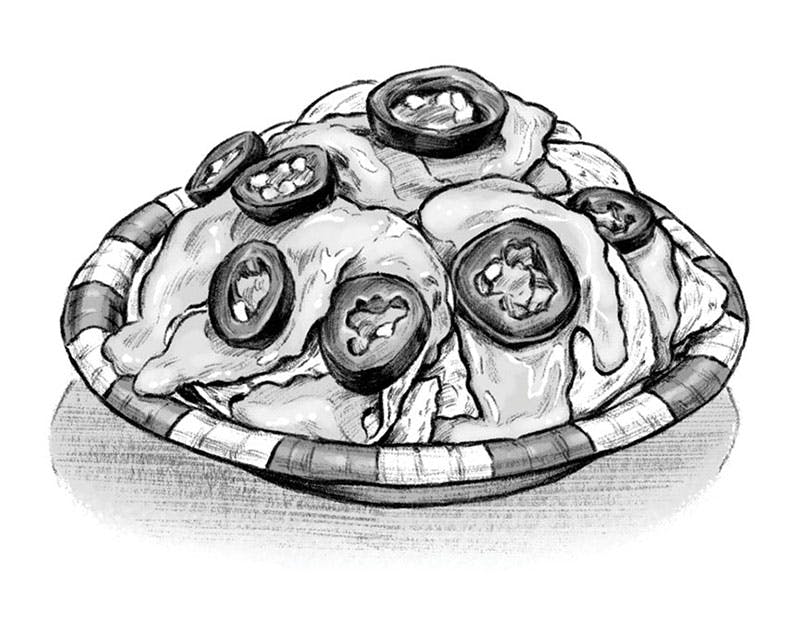
In addition to the likes of Slingin’ Sammy Baugh, Doak Walker, and Earl Campbell, Texas football is responsible for bringing the wishbone formation, the veer offense, and the spread offense to the game at large. And cheerleading’s Herkie jump. And the drill team! The hamburger, the corny dog, and chili are, arguably, all Texan. So are Fritos, Cheetos, Doritos, the ruby red grapefruit, the Colt Walker, the Dougie dance, the rotisserie smoker, and real country music.
Nowadays, Texans like the ones represented here, every bit as tenacious as their predecessors, are influencing the way we live still—whether by building rocket engines that might take us to Mars, new technologies to foster romance, or inspired new ways to consume brisket. Texas is a big place with big personalities and big ideas, and the Texan mark on the world is undeniable. It has always been this way. But the future is now.



